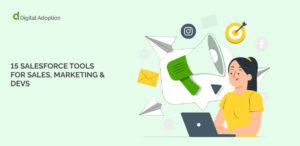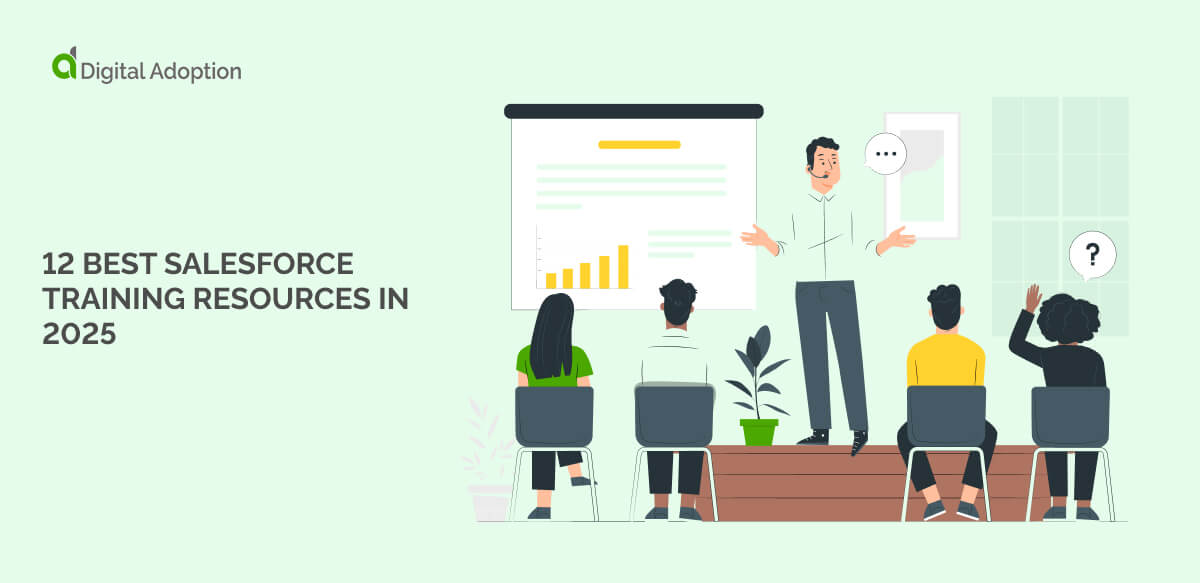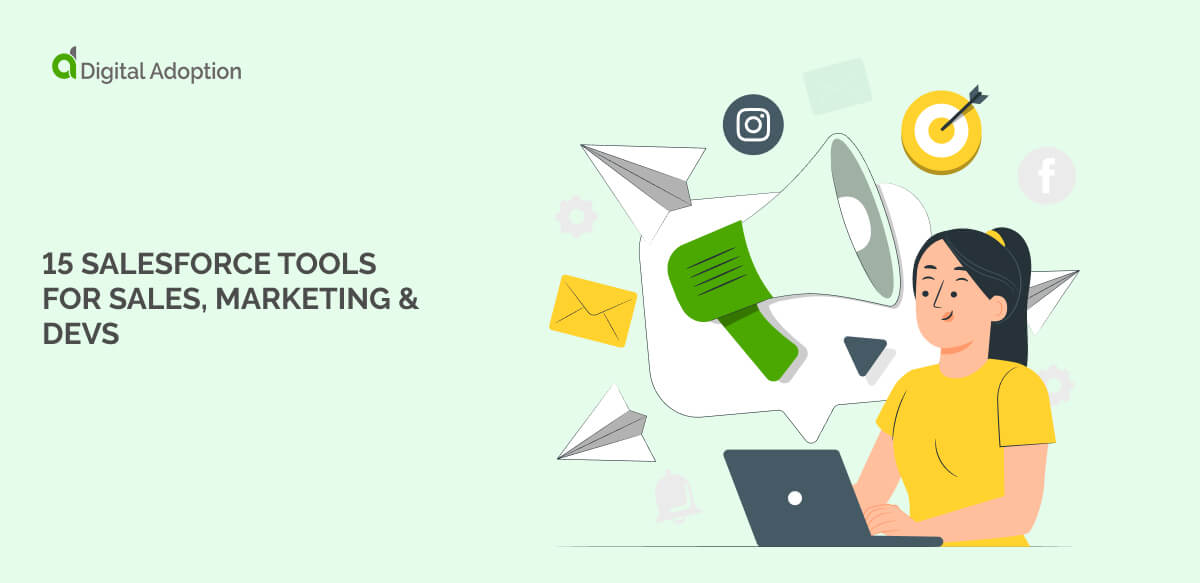Knock knock. (Who’s there?)
Grim Reaper. (Grim Reaper who?)
The Grim Reaper who’s going to put you out of business, that’s who.
Not very funny, we know. Going digital is a serious business. Because there’s major risk and barriers to digital business adoption.
But it’s absolutely essential that you overcome them. So that Grim Reaper doesn’t come knocking.
What is digital business adoption?
First there was e-business. Firm of business analysts, Gartner, believes you’re in e-business if you “use technology to optimize channels by automating business operations” and use the web “to sell and drive efficiencies.”
Then there came d-business. You’re a digital or d-business if you, “build new business models by extending potential customers from people to things.”
For example, you promote your ultra marathon sneakers to wearable fitness devices that are tracking runs of more than 5 miles.
However, for the purposes of this article, we consider digital business adoption to mean when the digital transformation of your business is established. (Due to the nature of the digital world, your digital transformation may never be complete!)
Common barriers to digital business adoption
Gartner have identified common risk and barriers to digital business adoption.
1. Change-resistant culture
“Culture is organizational ‘dark matter’ — you can’t see it, but its effects are obvious.” Marcus Blosch, Gartner research vice president
Frequently, there is resistance to change embedded within organizational culture.
“The challenge,” says Blosch, “is that many organizations have developed a culture of hierarchy and clear boundaries between areas of responsibilities.
“Digital innovation requires the opposite: collaborative cross-functional and self-directed teams that are not afraid of uncertain outcomes.”
2. Limited collaboration
In the early stages of digital business adoption, there tends to be a lack of willingness to share and collaborate.
“Issues of ownership and control of processes, information and systems make people reluctant to share their knowledge.
“Digital innovation with its collaborative cross-functional teams is often very different from what employees are used to with regards to functions and hierarchies.” Gartner
3. Not ready
Oftentimes, the business just doesn’t have the skills or resources to make the transformation happen.
“CIOs should address the digital readiness of the organization to get an understanding of both business and IT readiness,” says Blosch.
“Then, focus on the early adopters with the willingness and openness to change and leverage digital. But keep in mind that digital may just not be relevant to certain parts of the organization.”
4. Talent gaps
This is a huge barrier for organizations. It comes about because most organizations follow a traditional structure — organized by function such as IT, sales, and supply chain.
Change is usually slow in these kind of environments.
“Digital innovation requires an organization to adopt a different approach. People, processes and technology blend to create new business models and services.
“Employees need new skills focused on innovation, change and creativity along with the new technologies themselves, such as artificial intelligence (AI) and the Internet of Things (IoT).” Gartner
5. Outdated practices
Even if the above issue is resolved, a barrier can be that the organizational processes are too traditional.
“Highly structured and slow traditional processes don’t work for digital. There are no tried and tested models to implement, but every organization has to find the practices that suits it best.” Gartner
6. It’s not easy
The most obvious barrier to digital business adoption is that it can be expensive and technically challenging. Sometimes, it’s just too hard.
“Over the long term, enterprises should build the organizational capabilities that make change simpler and faster.
“To do that, they should develop a platform-based strategy that supports continuous change and design principles and then innovate on top of that platform, allowing new services to draw from the platform and its core services.” Gartner
The best way to do this is to use a Digital Adoption Platform. It accelerates, simplifies, and enhances the adoption of digital into the business.
Businesses most at risk of poor digital adoption
Insurance sector
According to a report, digital uptake in the insurance sector varies greatly according to geography. Agencies in North America versus agencies in UK and Ireland were found to have different digital priorities.
“In the US and Canada, almost 100% of agencies have adopted management systems as the core of their business operations. In UK and Ireland, however, brokers haven’t adopted management systems as widely, with just under 70% adopting it.” Insurance Business magazine
Construction industry
In Australia, the adoption of digital by the construction industry is lagging behind other industries.
“It is assumed that slow adoption rate does not reflect the maturity of the technology but is due to adoption barriers peculiar to the nature of construction.” Guillermo Aranda-Mena, RMIT University
Banking and finance
No surprises here. The banks were given until 2020 by McKinsey to get their digital transformation sorted — or risk extinction.
“The urgency of acting is acute. Banks have three to five years at most to become digitally proficient.” McKinsey
So if you operate in any of the above spaces, it’s imperative you assess the risk and barriers to digital business adoption within your enterprise.
You must act fast to get on the front foot with your digital transformation to remain competitive.







![18 Examples of AI in Finance [2025]](https://www.digital-adoption.com/wp-content/uploads/2025/06/18-Examples-of-AI-in-Finance-2025-300x146.jpg)
![14 Examples of AI in Manufacturing [2025]](https://www.digital-adoption.com/wp-content/uploads/2025/06/14-Examples-of-AI-in-Manufacturing-2025-300x146.jpg)



